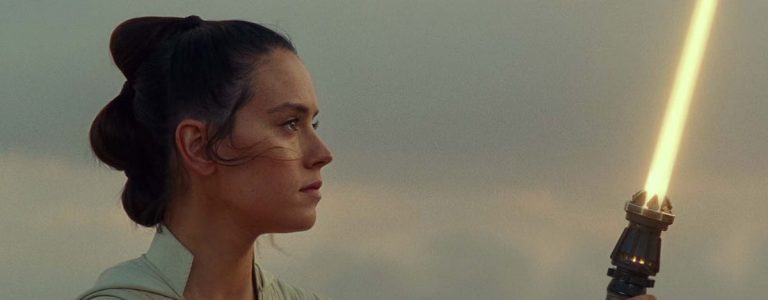Despite all the discourse about what effects that AI will have on game development, we don’t have to speculate about what can happen. We can just take a look at how AI is transforming game development in China right now. A combination of AI adaptation and regulatory setbacks have reportedly caused illustration jobs to decrease by 70%, with companies increasingly relying on DALL-E and Midjourney to produce fast and cheap assets for video games. However, Chinese players are unimpressed with the results.
According to Rest of World, both Chinese gaming giants and indie developers have started to adapt the cost-cutting potential of this ethically dubious technology. NetEase had a Naraka: Bladepoint event last month in which players used AI to generate character skins for the action-adventure battle royale game. Chinese players criticized the decision, and said that AI drawings, which depicted characters with improperly rendered faces (such as large eyes and crooked mouths) and missing limbs, appeared to be soulless.
While Tencent has openly researched and implemented AI technology, the adoption hasn’t gone down smoothly, and one of their studios was caught in a gaming controversy earlier this year. In February, a developer was forced to apologize after players discovered that parts of an Alchemy Stars posters were partially produced with AI. They promised to stream the drawing process for their future illustrations, and asked fans not to take their anger out on the developers.
After a voice actor in the popular otome game Tears of Themis was arrested, HoYoverse used an in-house AI system to reproduce his voice for the duration of a limited-time event. Players who saw the side-by-side comparisons complained that the character was too soft-spoken, and that Vyn normally had a very self-important tone that was not adequately conveyed by the AI.
The impact of AI in video game art
Meanwhile, an illustrator blamed AI advancements for causing some of her colleagues to be laid off from an art outsourcing studio. Xu Yingying claimed that two people, using the help of AI which could generate images in seconds, could now produce the amount of work that was formerly done by 10. A freelance artist named Amber Yu told the publication that traditional illustration jobs had disappeared—clients now commission her to tune works that were created by AI for one-tenth of the pay.
While some Chinese players felt that AI produced “digital carcasses” rather than art, others were more open minded about the technology. However, it was clear that some players still associated human labor with value, especially for premium skins. “As a consumer, I hope there’s human labor behind my purchase,” a Shanghai-based engineer told Rest of World. “Emphasizing how something is made by AI will make people feel it’s cheap.”
























